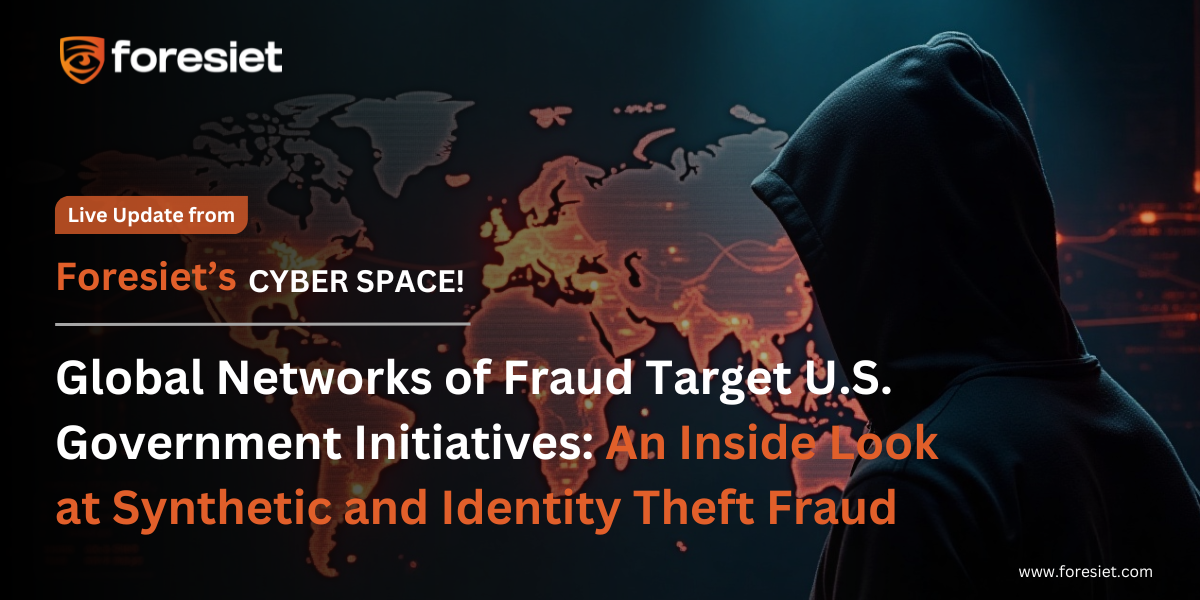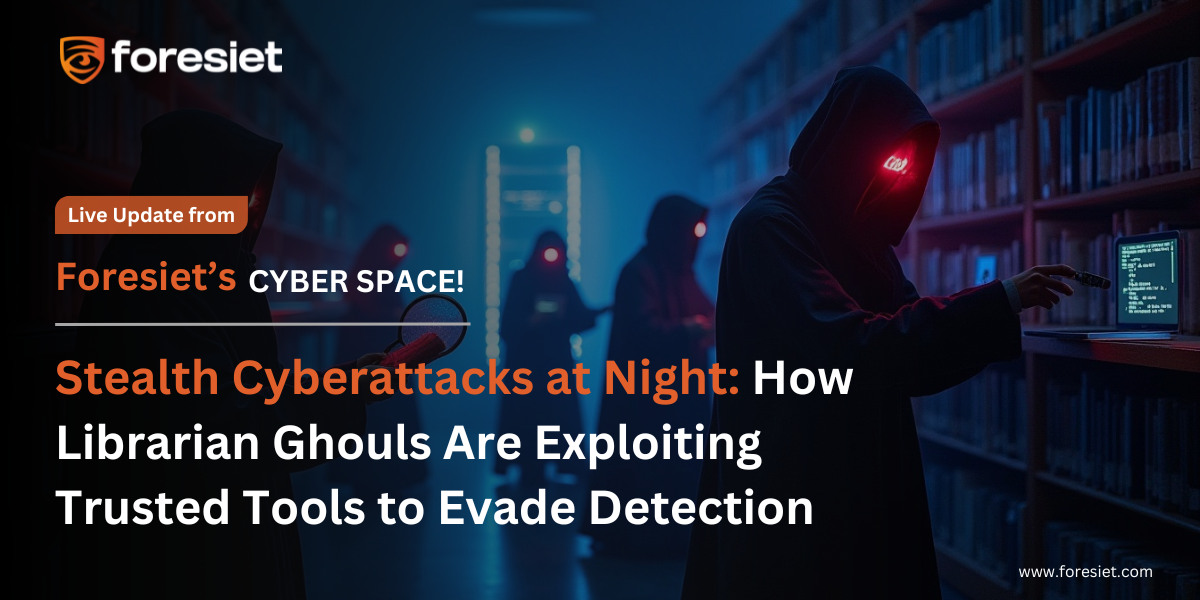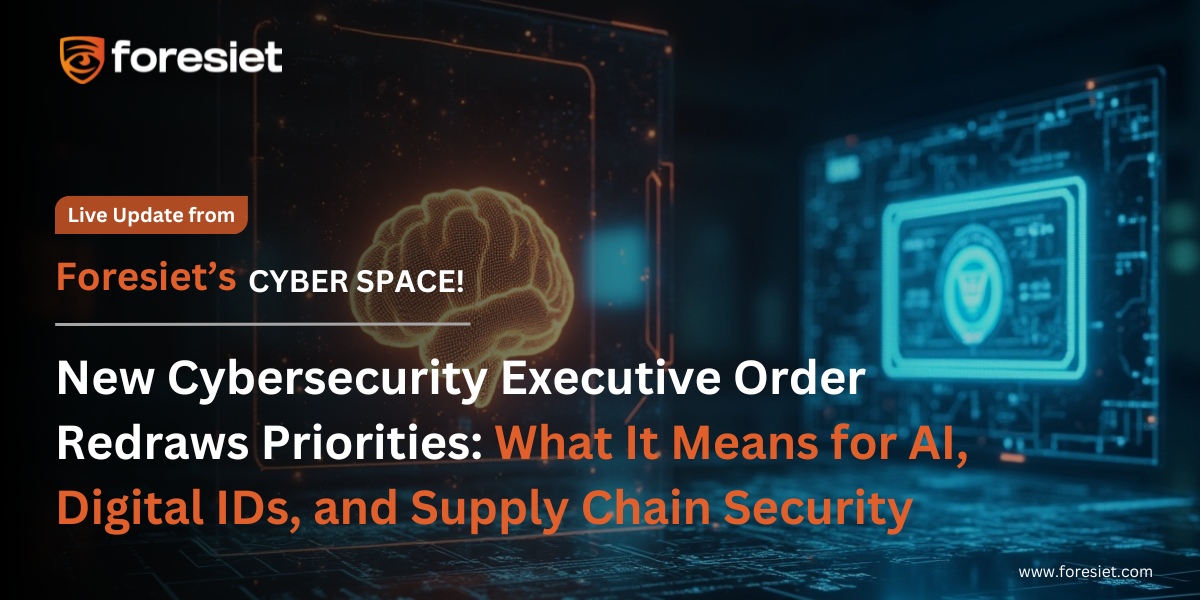Global Networks of Fraud Target U.S. Government Initiatives: An Inside Look at Synthetic and Identity Theft Fraud

Introduction: The Secret Price of Internet Fraud
With the increasingly globalized world comes the challenge of a formidable opponent for the U.S. government: international networks of frauds. These organizations exploit vulnerabilities in federal systems and rob billions of tax dollars annually through identity theft and synthetic fraud. The effects are rooted and don't only reach the national economy but extend to people's faith in public institutions.
The Magnitude of the Issue: Sheer Fiscal Losses
Estimated current losses by the U.S. Government Accountability Office (GAO) indicate the federal government loses anywhere from $233 billion to $521 billion annually to fraud. The estimate is a gauge of the enormity to which fraud has pervaded an enormous number of government programs.
Most of these losses have their origin in identity-based fraud, where the criminals employ stolen or forged personal data to illegally obtain government funds.
Identity Theft: A Gateway to Government Fraud
The dark web has turned into an illicit market for hacked personal information, Social Security numbers, addresses, and other private data. The fraudsters buy this to pretend to be genuine citizens, getting benefits and government subsidies. They obtain it in the majority of situations by providing their own contact information, so the mail or money reaches them, while the real individuals have no clue until it's too late.
This approach involves not only deceiving government agencies but also putting victims through the range of identity theft, such as ruined credit and legal issues.
Synthetic Identity Fraud: The New Frontier
In addition to classic identity theft, offenders are now moving towards synthetic identity fraud. That is when actual and fictitious data are blended to form new identities. For example, a criminal might employ a valid Social Security number and mix it with a fictional name and birthdate. The synthesized identities that result are subsequently used to establish accounts, create credit profiles, and ultimately draw down funds from government benefit programs and banks.
Based on industry analysis, synthetic identity fraud is one of the fastest-rising financial crimes in the United States, as losses are expected to hit an estimated $5 billion by 2024.
The International Scope of Fraud Networks
Such schemes are advanced and are not geographically limited to the United States due to worldwide crime syndicates in Russia, China, and Nigeria. Such advanced schemes of fraud target U.S. government programs from offshore locations.
Systemic vulnerabilities are targeted by them, and disposable email accounts and masking of IP addresses are usually employed by them in order to avoid being caught.
International enforcement is made difficult by the transnational character of these scams, with jurisdictional issues and differences in foreign legislation preventing swift action against scammers.
The Role of Technology in Anti-Fraud Initiatives
To combat such technically sophisticated fraud schemes, the private sector and US government are investing in advanced technologies:
- Stolen Credentials Discovery: Alert on stolen credentials to preclude unwelcome intruders.
- Darknet Watch Services: Surveillance of dark web sites and marketplaces for stolen information and fraud.
- Digital Footprint Investigation: Examination of digital behavior patterns to track discrepancies symptomatic of fraud.
- Digital Risk Analysis and Digital Threat Scoring: Quantifying digital identity risk to optimize security measures.
Firms such as Foresiet are setting up the course with innovations that optimize detection and prevention of such types of fraudulent activities.
Securing Government Defenses
Technology is leading the way, but changes within the system are also necessary. Recommended are:
- Improved Verification Processes: Applying biometric verification and multi-factor authentication for identifying legitimate applicants.
- Interagency Cooperation: Sharing information among government departments to identify and stop fraud patterns.
- Public Awareness Campaigns: Informing citizens about the dangers of identity theft and how it can be avoided.
If the government adopts a multifaceted approach by combining technology, policy reform, and public participation, it can strengthen its defense against fraud.
Conclusion: A Collective Responsibility
The fight against government scams is continuous and multi-stake. While the scammers adapt, in the same proportion, the mechanisms to stop them will also have to adapt. With evolving technology, policy reforms, and awareness on the part of the public, it can be ensured to cause slight impact from such frauds. Safeguarding taxpaying money and upholding integrity in government initiatives is not just a governmental responsibility but also our shared commitment.
About us!
Foresiet is the pioneering force in digital security solutions, offering the first integrated Digital Risk Protection SaaS platform. With 24x7x365 dark web monitoring and proactive threat intelligence, Foresiet safeguards against data breaches and intellectual property theft. Our robust suite includes brand protection, takedown services, and supply chain assessment, enhancing your organization's defense mechanisms. Attack surface management is a key component of our approach, ensuring comprehensive protection across all vulnerable points. Compliance is assured through adherence to ISO27001, NIST, GDPR, PCI, SOX, HIPAA, SAMA, CITC, and Third Party regulations. Additionally, our advanced antiphishing shield provides unparalleled protection against malicious emails. Trust Foresiet to empower your organization to navigate the digital landscape securely and confidently.
Protect your brand, reputation, data, and systems with Foresiet's Integrated Digital Risk Platform. 24/7/365 threat monitoring for total peace of mind.


